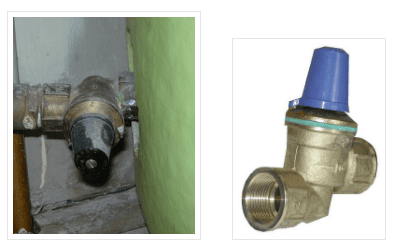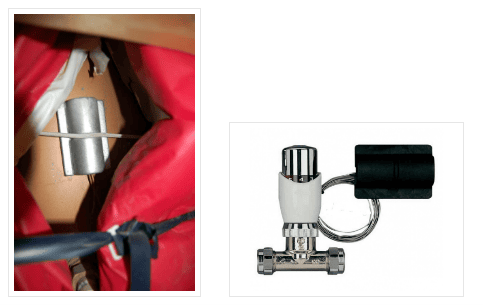Cylinder Thermostats.

A cylinder thermostat works by sensing the temperature inside a hot water cylinder and switching off the water heating once the set temperature is reached. This reduces the heat losses in the system and improves the efficiency. There are various devices to look for when determining whether your heating system has the ability to switch off the water heating once a set temperature is reached.
Interlock
A system with ‘interlock’ will prevent the boiler from firing if there is no demand for heat. A system with no interlock will have an efficiency adjustment applied to the boilers efficiency, lowering the rating. Interlock is achieved through a wiring connection between the room thermostat, cylinder thermostat and motorised valves (or a boiler energy manager).
Other types of cylinder thermostats
There are other devices that are not wired to the boiler that are advertised as cylinder thermostats. These devices will regulate the temperature of the water in the cylinder but will not prevent the boiler from firing when there is no demand for heat (to heat the water in the cylinder).
Cyltrol valve
A cyltrol valve is a valve attached to the primary return pipe, close to the cylinder, which will shut off or restrict the primary flow from the boiler when the desired temperature is reached. It works in a similar way to a thermostatic radiator valve. However, whilst it prevents excess temperatures in the cylinder it does not stop the boiler firing.

Tap stat or capillary stat
These work in a similar way to a cyltrol valve, they are fitted to the primary return and the ‘sensor’ is fitted to the side of the cylinder. The sensor and tube are filled with liquid that expands when the temperature increases, this sends a signal to the valve, which restricts or stops the primary flow from the boiler. It is not wired to the boiler and therefore cannot provide interlock.

For the purposes of carrying out an EPC, you should bear in mind that recording the presence/absence of a cylinder thermostat will have implications on the assumed efficiency of the heating system and should check current conventions to determine whether a device should be recorded as cylinder thermostat.